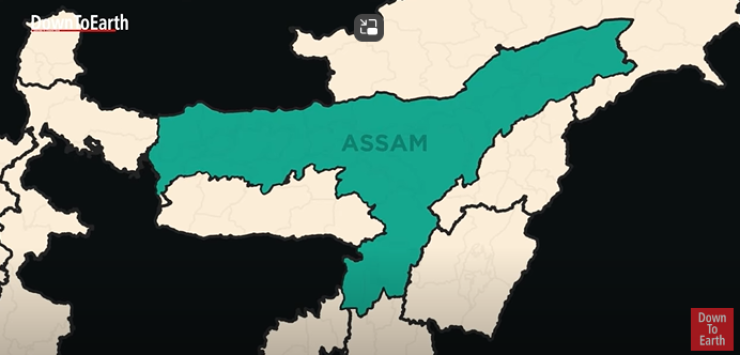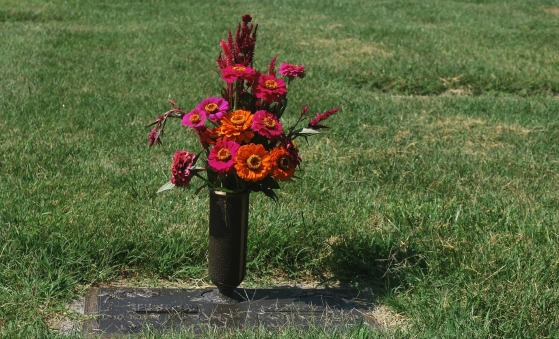
The northeastern state of Assam is once again battling severe floods, with millions of people displaced and significant damage to infrastructure and wildlife. The annual monsoon rains have caused major rivers, including the mighty Brahmaputra, to breach their banks, submerging vast swathes of land and affecting numerous districts across the state.
According to official reports, nearly 23 lakh people across 28 districts have been impacted by the floods as of early July. The death toll has reached 78, with 66 of these fatalities directly attributed to the deluge. The floods have also taken a heavy toll on wildlife, particularly in the renowned Kaziranga National Park, where at least 137 wild animals, including six rare one-horned rhinos, have perished.
Dhubri district has been the worst affected, with over 750000 people suffering from the swirling waters. Other severely impacted districts include Cachar and Barpeta. The floods have inundated 3,446 villages and submerged more than 68,000 hectares of cropland, dealing a significant blow to the state's agricultural sector.
In Dibrugarh, one of the worst-hit cities, the situation has turned particularly dire. The Sacred Heart Cathedral, a prominent landmark in the Dibrugarh diocese, has been forced to close temporarily due to severe waterlogging. Most Rev. Albert Hemrom, Bishop of the Dibrugarh Diocese, reported that the bishop's residence is submerged in up to a foot of water, with nearby institutions and convents also affected. The cathedral and parish house have thus far escaped flooding, but operations have been moved to higher floors as a precautionary measure.
Bishop Hemrom noted that the city was unprepared for this level of flooding, as there had been no significant floods in the last 5 to 6 years. The local government has ordered the closure of all schools, colleges, and institutions as a precautionary measure. The Bishop has urged everyone to pray for the community, hoping for a swift return to normalcy.
The Assam State Disaster Management Authority (ASDMA) reports that multiple rivers, including the Brahmaputra, Burhi Dihing, Dikhou, Disang, Dhansiri, Kopili, Beki, Sankosh, Barak, and Kushiyara, are flowing above the danger mark at various locations. This has led to widespread flooding and damage to embankments, roads, bridges, and other vital infrastructure.
Relief efforts are in full swing, with 269 relief camps sheltering over 53,000 people. Additionally, more than 3.15 lakh people not in camps have been provided with relief materials. Multiple agencies, including the National Disaster Response Force (NDRF), State Disaster Response Force (SDRF), and local administration, are carrying out rescue and relief operations. In the past 24 hours alone, 70 people and 459 cattle were rescued by these agencies.
The floods have also had a devastating impact on wildlife, particularly in the UNESCO World Heritage site of Kaziranga National Park. Home to the world's largest population of one-horned rhinos, the park has seen the death of 137 wild animals, including six rhinos, 123 hog deer, two sambar deer, a rhesus macaque, and an otter. Park officials have managed to rescue 97 animals, with 25 receiving medical care and 52 released after treatment. The flood waters have submerged 70 out of 233 forest camps in the park.
In 2017, the park experienced an even more severe loss, with over 350 animals dying due to floods and vehicle collisions during migration to highlands. This year's floods have once again highlighted the vulnerability of the park's unique ecosystem.
Assam Governor Gulab Chand Kataria acknowledged the severity of this year's floods, stating that there have been more casualties and a larger affected area compared to previous years. He noted that while people in Assam are generally prepared for annual floods due to the region's geography, this year's situation has been particularly challenging.
The Catholic Church in India, through its social service wing Caritas India, has mobilised to assist with rescue and relief efforts. Jonas Lakra, zonal program lead of Caritas India in Northeast India, reported that their team is ready to begin work as soon as they receive clearance from the government. In Dibrugarh, the Diocese's social wing has been distributing rations across affected areas.
Despite the grim situation, Assam Chief Minister Himanta Biswa Sarma has assured the public that the flood situation is "under control". The government has deployed large pumps to remove accumulated water in urban areas and is maintaining relief camps with essential supplies. Sarma stated that all relief camps in flood-affected districts are well maintained and stocked with essential items until the situation normalises.
The Regional Meteorological Centre (RMC) in Guwahati has reported a cyclonic circulation over Assam and its neighbourhood, predicting more thunderstorms and lightning at isolated places in Arunachal Pradesh, Assam, Meghalaya, Nagaland, Manipur, Mizoram, and Tripura.
The floods have not only displaced millions but also threaten the livelihoods of farmers and the delicate ecosystem of one of India's most biodiverse regions. Over 15 lakh domestic animals and poultry have been affected across the state, adding to the agricultural crisis. With more rain forecasted and river levels expected to rise further, Assam's resilience is once again being put to the test as it faces one of its most severe flood seasons in recent years.




